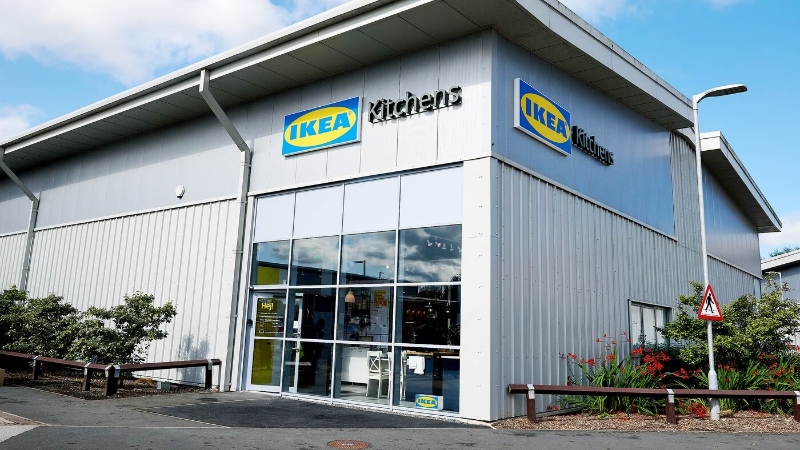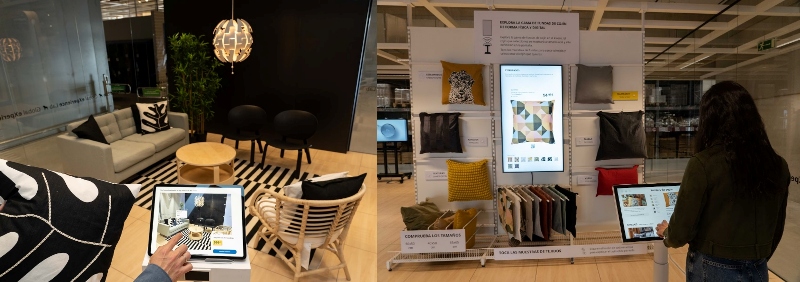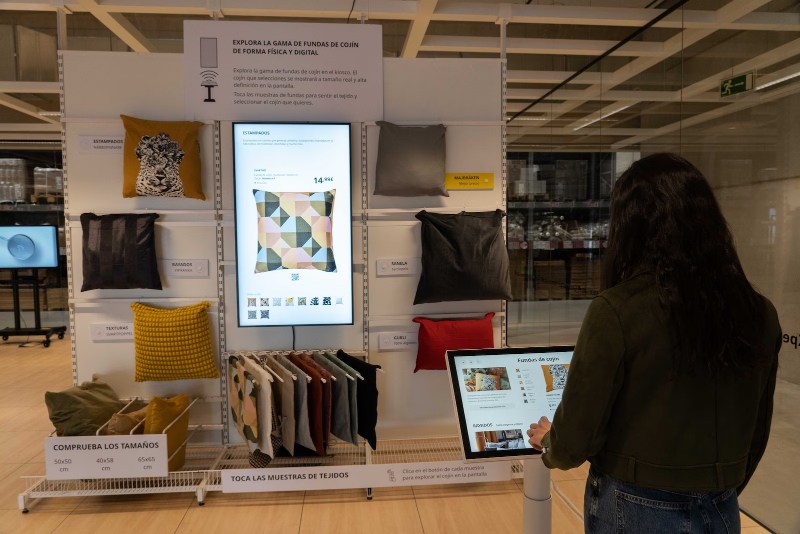IKEA is Tapping into High-efficiency Formats Across the Globe
McMillanDoolitle recently released our 19th edition of Retail Innovations, an annual examination of the year’s most compelling themes driving global retail forward captured by cutting-edge concepts. For our third #ThemeThursday, we feature retail juggernaut IKEA’s recent alternative concepts in Copenhagen and Madrid that exemplify one of the three key thematic trends outlined in our Retail Innovations – Innovations for Hyper-Efficiency.
IKEA Adopts New Formats to Better Reach Current (and Future) Customers
Globally, more than 70% of people are expected to live in cities by 2030. The pull of urbanization alongside the transformative shift to online shopping led IKEA to pursue format diversification beyond its iconic big box stores. In the last three years, IKEA has enhanced and grown its store formats and omnichannel capabilities to more efficiently reach consumers where they live and work. As a home goods retailer, IKEA’s physical presence currently drives a commanding majority of sales, highlighting the opportunity for format diversity. In FY23, 74% of the company’s products and services were sold through stores and 23% online (the balance included services alone).
Small and Plan & Order Point Formats Power IKEA’s Growth Strategy
In 2023, IKEA opened 71 stores, with most of them being small store formats and Plan & Order Points in locations such as Copenhagen, Madrid, Almeria, Rome, Surabaya, Bavaro, Cabo, San Francisco, and Toronto. In the US, we will soon see IKEA Plan and Order Point formats – which offer one-on-one consultations and ship to home – open in Austin, Atlanta, Los Angeles, Annapolis, Gaithersburg, and more.
IKEA’s ability to meet the needs of consumers has translated to winning financial performance. Company sales – across its 471 stores in 63 markets – surpassed $51 billion USD in FY2023, a 6.6% increase compared to FY22 despite a challenging economic environment within housewares.

Photo Credit: Ikea
Why Are We Inspired by IKEA’s Latest Formats in Spain and Denmark?
IKEA eXperience Lab – Opened in Alcorcón, Spain (outskirts of Madrid) in April 2023, the IKEA eXperience Lab invites customers and employees to shape future IKEA stores by testing and validating next-gen digital solutions. IKEA invested more than a half million USD to create the 2,000 square foot lab, which is located within an existing big box IKEA store. The initial data-driven results from the lab have supported IKEA’s strategic move into alternative new store formats.
- Testing a “phygital” future. Digital solutions that have been tested include a kiosk with tactile elements and screens to display textiles; digital projects that enable customers to see products and customized modular compositions in their actual size; and screens that show product range in holograms.
- Real-time reactions from real customers. Sensors, glasses, and cameras evaluate customers’ experiences, and focus groups or special events are organized in the lab to gather shopper feedback.
- Inclusion of employee feedback. Store employees are encouraged to interact often with the lab and share their experiences. This ensures that the technology that is deployed in future stores is endorsed by all end-users – the 219,000 IKEA employees and its customers.

Photo Credit: Ikea
IKEA City Copenhagen – The smaller format city store was introduced to Copenhagen, Denmark in August 2023. Prior to its opening, the nearest IKEA stores were located outside the city limits. Unlike typical IKEA box stores, the smaller format does not include a furniture warehouse, instead orders can be placed for at-home delivery or pickup at nearby locations.
- Designed for the urban dweller. The store is in an easily accessible area, which is convenient for the two thirds of Copenhageners that do not have cars. With only 80 parking spots, but over 500 spots for bikes, consumers are encouraged to visit the store via bike, foot, or public transport. IKEA also provides electric cargo bikes that customers can borrow to transport small purchases home.
- Sustainable architecture tied to community. The store’s rooftop was transformed into a public garden and park with its 250+ trees, bushes, and lounge areas. The green roof houses 15,600 square feet of solar panels and a quarter of the store’s façade is blanketed in greenery. Shoppers can take in views of the city from the rooftop and have a moment away from bustling city life.
- An experiential meeting place. IKEA designed this city location to be a spot for community and connection through hosting events like workshops, free films, debates, and “speed-friending,” as well as casual gatherings at the restaurant, café, bistro, and rooftop space.

Photo Credit: Ikea
Winning with Hyper-Efficiency
Retail Innovations 2024 includes a dozen global cases detailing how retailers and brands around the world are removing friction, streamlining operations, and adopting AI. Download your own complimentary copy of our publication here and contact us for expert support in designing for hyper-efficiency.
Stay tuned on #ThemeThursday in the weeks to come for additional inspirational coverage of the latest global retail and brand innovations across three dominant themes that defined Retail Innovations 2024.

No Comments